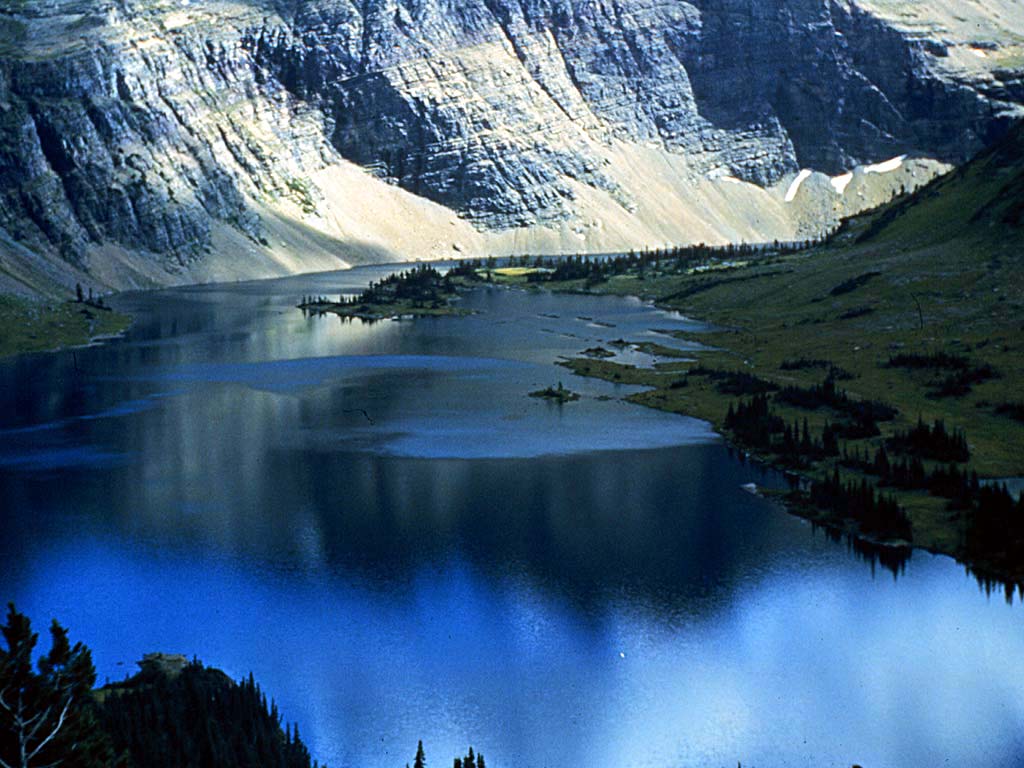
The Tuscon Examiner is reporting that DHS plans to extend the deployment of National Guard troops along the US/Mexico border indefinitely, to enable the training of Customs and Border Protection guards who are set to replace them at some point. The militarization of the border is a hot issue on the national stage, but it is a local political winner for Arizona politicians John McCain and Jon Kyl, the state's senators who initiated the call for over 3,000 Guard soldiers to be deployed to the border. Immigrants rights groups say that the increased militarization at the border intensifies racial profiling and hate crimes, while also pushing prospective migrants into more remote and therefore dangerous areas of the desert.
The federal government has spent hundreds of millions of dollars trying to "secure" the southwestern border with Mexico, but the GAO says in a newly released report that its efforts have been largely wasted. An $800 million dollar surveillance program, SBInet, was discontinued after Janet Napolitano was forced to admit that the project was plagued by cost overruns and was generally ineffective. But not before defense giant Boeing made out with $615 million dollars.
The recent debates over border militarization along the 2,000 mile long US/Mexico border also include environmentalists, who are aghast at a congressional proposal to give complete control over all lands within 100 miles of the border to the Department of Homeland Security. The Orwellian-named "National Security and Federal Lands Protection Act" would allow DHS to skirt 36 major EPA regulations that protect the environment. The Great Falls Tribune reports:
The bill would give the secretary of homeland security total operational authority over all federal lands within 100 miles of the U.S. international and maritime borders. Under the proposed law, DHS would have immediate access to, and control over, any public land managed by the federal government for "purposes of conducting activities that assist in securing the border (including access to maintain and construct roads, construct a fence, use vehicles to patrol and set up monitoring equipment)."
In Montana, the law would impact nearly the entire northern third of the state, including Glacier National Park; portions of the Kootenai and Flathead national forests; The Flathead, Blackfeet, Rocky Boy's, Fort Belknap and Fort Peck Indian reservations, the Upper Missouri River Breaks National Monument, the Charles M. Russell National Wildlife Refuge, and tens of thousands of acres of Bureau of Land Management lands.
The measure also waives 36 major environmental laws, including the National Environmental Policy Act, the Endangered Species Act, the National Park Service Organic Act, the Federal Water Pollution Control Act, the National Historic Preservation Act and the Clean Air Act.
